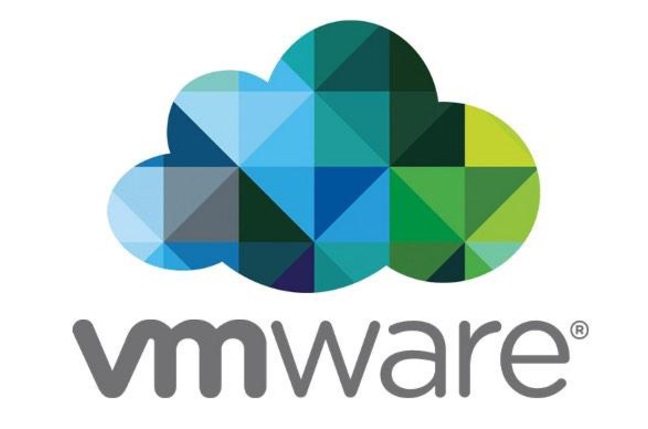
By adding an application called obextool (obex means object exchange in Bluetooth-speak), we were able to pair our test phone and move data back and forth, but only at about 2Kbps - much slower than under Windows XP-XP host/guest combinations we tested. Ubuntu installation is supported like XP - predefined selections made installation simple. We tried setting it in different locations (external display set above or to the left) but VMware had a message that said: "The current arrangement of monitors is not supported." Also, trying to change display settings (resolution or position) within the guest operating system should not be attempted as the screens becomes mangled between the two displays (similar to Fusion). The default is where the external display is to the right or bottom of the main display in the host operating system display properties. The dual display option worked OK in full-screen mode, but only in certain configurations. Dragging and dropping files between XP and XP guest worked simply.

By checking the option "Map as network drive in Windows guests", we were able to see the share directly in My Computer. This meant mapping drives through universal naming convention nomenclature like \\host\Shared folders\share_name. One was the older method that required us to map shares as though they were Server Message Block shares. There were two ways to share folders in Workstation.

However, we had to use a key-combo to switch to them, unlike the more native feel of the Mac version. The VMware unity mode worked similarly to the Mac version, where guest VM applications were presented natively. VMware passed the Bluetooth test very well - and delivered the highest speed transfer of all of the combinations we tested, perhaps owing to the expanded USB 2.0+ device support. But we also had great success (after driver installation) with the Webcam.

We did, however, have to install Bluetooth drivers, because the default representation to a guest machine doesn't include native machine Bluetooth resources in hardware discovery. VMware Workstation, like the VMware Mac version, readily makes "greased" settings for XP and it was a breeze. Running a XP as a guest of XP might seem strange, but it's frequently done for many reasons. The video speed was very good at both capturing and replaying. Nesting snapshots let us perform rollbacks to previous versions of the guest operating system - useful for testing and tech support applications of VMware Workstation.īecause USB 2.0 is supported, we could capture movies in Windows XP and Ubuntu as guest virtual machines (VM).

Snapshots, including nested snapshots, worked similarly to VMware's Fusion product.


 0 kommentar(er)
0 kommentar(er)
